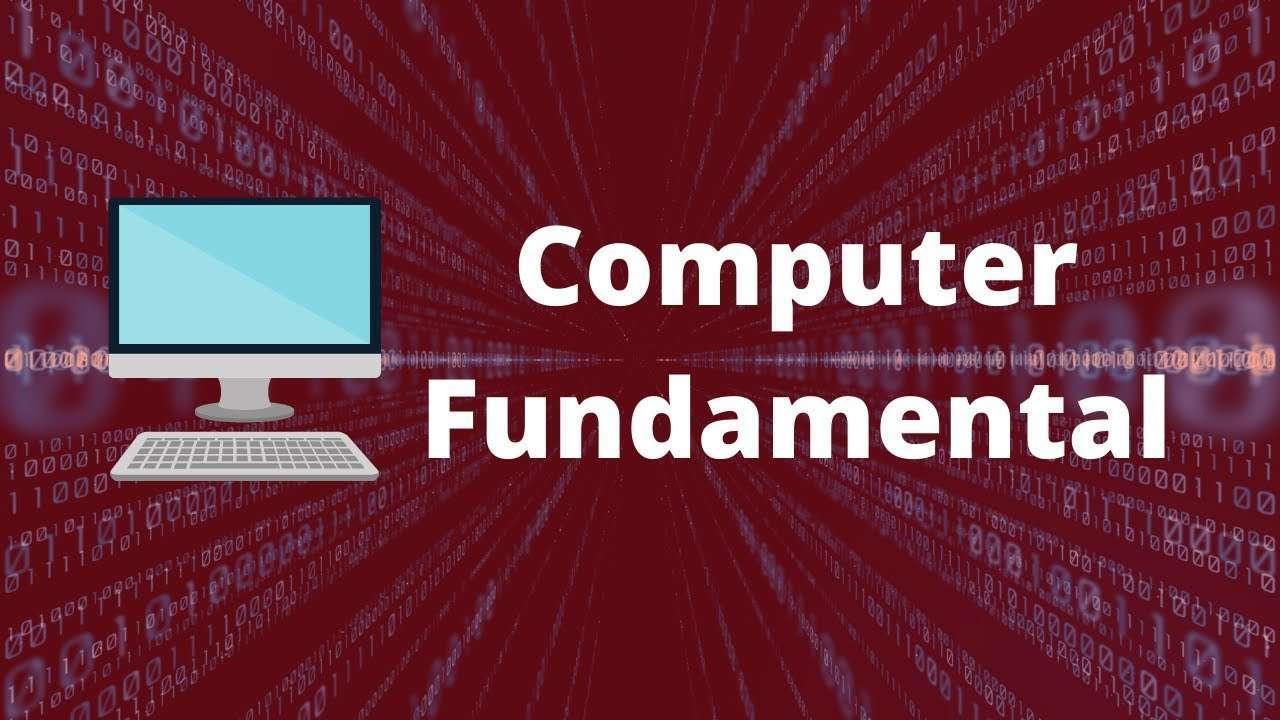
Input: Raw facts and figure which are isolated and uninterpreted i.e. data given for processing.
Input device: Device used to supply data and instruction to the computer for processing. eg, Keyboard, Mouse
Output: Meaningful information obtained after processing.
Output device: Device used to generate the result obtained after processing. Types of output
1. Soft-copy output: Output that cannot be physically touched and resides in the form of electronic media. eg, Monitor, Speaker
1. Hard-copy output: Output that can be physically touched. eg. Printer, Plotter
Processing: The process of converting raw facts and figure into meaningful information.
Storage: It is responsible for storing data and instruction either for short or longer period of time. Depending upon the nature of data stored memory unit are categorized into primary memory and secondary memory. Memory unit of CPU is a primary/main memory where data and instruction are stored temporarily. Where as the processed data and information can be stored in secondary memory permanently so that user can access information whenever required. There are two types of memory used in our computer system.
1. Primary memory/Main memory eg RAM, ROM
2. Secondary memory/Auxiliary Memory eg Hard disk, CD, Pen drive
Some characteristics/features of computer.
The use of computer are increasing day-by-day due to some special features or characteristics that computer own. Several features of computer are:
- Accuracy: Computer are the accurate machine that means result produced by computer are 100% accurate. Since, it follows GIGO. The error that may arise in output is due to human not by a computer.
- Speed: Computer works on tremendously high speed. The operating speed of computer are measured in millisecond, microsecond, picosecond and nanosecond.
- Storage: It is the area or unit which is capable of storing data and information for present and future use. These days computer comes with high volume of memory which are measured in Megabyte (1024 KB) , Gigabyte (1024 MB), Terabyte(1024 GB) and Petabyte(1024 TB).
- Versatility: The implementation of computer are not only limited to specific purpose, they solve general requirement of the user and can be used in more than one type of job.
- Diligence: Computer can perform any number of task continuously until it is accomplished. It never get tired like humans
- Automatic: Once the instruction is generated it perform accordingly until command is terminated. This is called automatic.
Applications/Implementations/Uses of computer [Refer use of ICT for explanation]
The uses of computer are increased day by day. Every aspect if human life is highly influenced by computer. From simple domestic use to complex engineering and scientific solutions, computer can be used. This is due to the versatility of computer. Some of the basic implementation of computer are:
- Education:
- Communication:
- Business:
- Engineering and designing:
- Science and research
- Military
- Industry
- Medicine
- Robotics
- Transportation
Capabilities and Limitations of computer (Pros and Cons)
Capabilities/Advantages/Merits/Pros of computer:
- It can store huge amount of data.
- It have higher speed and accuracy.
- It can be used to perform several jobs
- It provides faster and cheaper way for communication.
- Computer are used to solve complex and critical situation.
Limitations/Disadvantages/De-merits/Drawback/Cons of computer:
- It cannot make their decision on their own.
- It operates on electricity or battery.
- It can affect human eye, when used for long period of time.
- It may be not affordable for every one.
- It cannot think, learn or react as human.
- It cannot draw conclusion and provide feedback.

Leave a comment
Your email address will not be published. Required fields are marked *